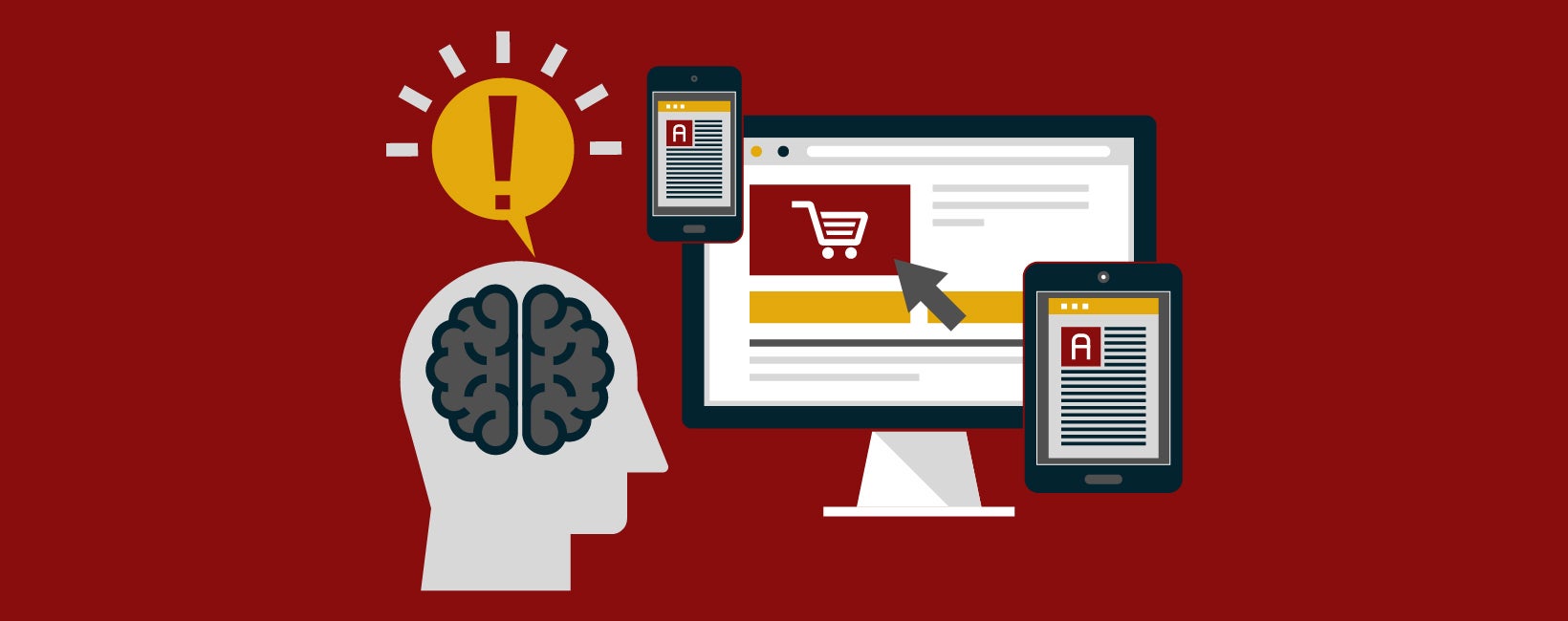 Nov 08, 2021
Persona
Nov 08, 2021
Persona
Attention Overload: Research on Task-Switching Among College Students and Why It Matters to Communication
As students started online classes during the pandemic, many for the first time, there was often an underlying question: Are they actually paying attention? The amount of distractions at home, between other people coming and going as well as access to a vast array of media, is immense. Indeed, as a person who worked from home well before the pandemic, I know that it’s easy to jump from screen to screen and constantly multitask throughout the day. The result was the well-established and so-called “Zoom fatigue” among so many.
During my doctoral work, I had the pleasure of being on a team of researchers focused on the task-switching phenomenon. Task-switching is the more “specific” terminology we use for multitasking, as from a neuroscience perspective a person’s attention is actually rapidly switching, not attending to two things at once. One project I was involved in was with David E. Silva Ph.D., who is now an Assistant Professor in the School of Communication Studies at Kent State University. Together, we have just published findings in the Journal of Communication Technology. Dr. Silva notes:
“This paper is unique in the field because it looks at students’ experiences across all their various media devices and activities, not just a single platform or a device. Doing this lets us better understand how being constantly connected to digital media might affect people’s emotional well-being.”
Are students controlling their own task-switching destiny?
Students are faced with an enormous temptation to task-switch. Another study I was part of found that during studying, task-switching was common and highly related to mobile phone addiction. However, peoples’ relationships with the concept are mixed. Some people love it and others despise it. While there are many reasons why a person may prefer a switching-heavy workflow or singular-focused attention, the reality is that sometimes we are forced to do what we don’t want to do.
Consider holding a one-on-one conversation or sitting in a traditional classroom. In theory, task-switching for these activities is going to be low, even when a person might prefer to be checking their email while Karen waxes on about her new azaleas. Similarly, in most workplaces, there is forced task-switching as activities come in. Our research findings show students have little control over these factors. Dr. Silva explains:
“Our results show that having a preference for multitasking and task-switching did not affect how much students actually task-switched. Usually, we think media behaviors are the result of liking something and wanting to engage with it. This result suggests something different: how much someone switches between tasks seems to depend on factors other than their preference. For example, a person’s environment, their digital devices, or social expectations may dictate how they engage with media. This agrees with previously published research that suggests media behavior may be, in part, habitual or automatic.”
What is the emotional impact of constant task-switching?
With emotional activation, there are two concepts as a result of stimuli: arousal and valence. Arousal is how intense our reaction is to a stimulus. Valence is whether that reaction is positive or negative in nature. Our findings suggest that arousal always increases with task-switching (which can lead to that aforementioned fatigue). However, whether or not this has positive or negative valence depends on you: your personality and preferences. Dr. Silva was encouraged by how these results improve our understanding of the phenomenon and reject previous notions that task-switching is always negative emotionally by nature:
“We measured whether people had positive or negative emotions throughout their day. We found that those people who did like task-switching expressed more positive emotions when they were able to switch between media tasks. For people who prefer to task-switch, task-switching can have a positive emotional benefit!”
How can these findings inform your institution’s communications strategy?
The purpose of research, beyond just understanding a phenomenon, is to create functional strategies for action. Because much of the task-switching phenomenon takes place on phones and in browsers, there is a direct link to communication with students. When asked about this research and its impact on digital marketing today, Dr. Silva noted a novel way to diversify messaging approaches:
“I think digital content creators, especially those trying to reach students, can take away two big ideas from this research. First, there is a habitual or automatic element to media engagement. Students, whether they would prefer to or not, are encountering and engaging your content alongside many other activities and media. Fast-paced digital media emotionally benefited only a portion of students in our sample…recognizing this, the second take-away is to create spaces that reward both student profiles…how might your content strategy be driven by engagements from those who might actually feel trapped in a task-switching loop?”
Indeed, segmentation by motivations, emotions, and how people feel is at the heart of our recommendations for content at Carnegie. The size and “switchability” of content and engagement is just another potential consideration as we navigate a college audience dealing with more distractions than ever before.
Jared Brickman is Senior Vice President of Research for Carnegie. With a decade of research experience in communication technologies and campaign studies, Jared is practical, focused, and driven by the compelling stories found underneath the numbers. He has won local, national, and international awards for his overall research on mobile health, viral web content, and online social support. He is also an active member of the research review community and is a current member of the editorial board for the peer-reviewed journal New Media and Society.
Follow and engage with Jared on Linkedin, where he shares content and opinions on communication technologies, research experience, and campaign study.
